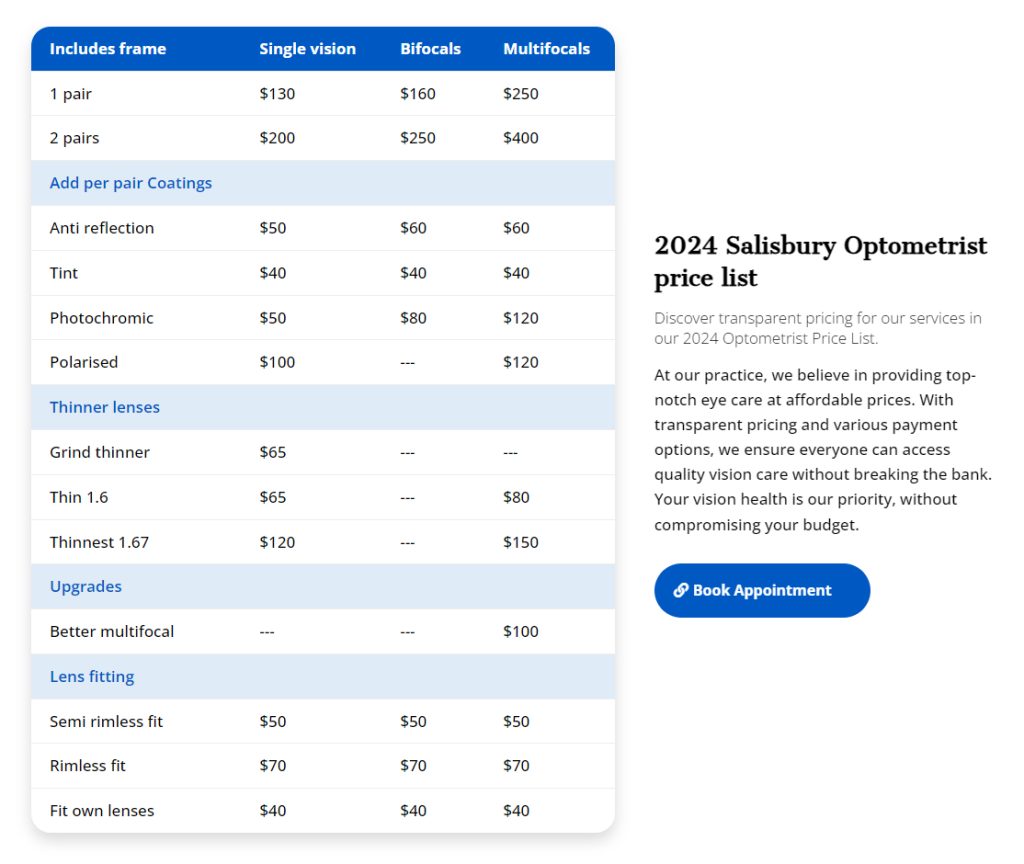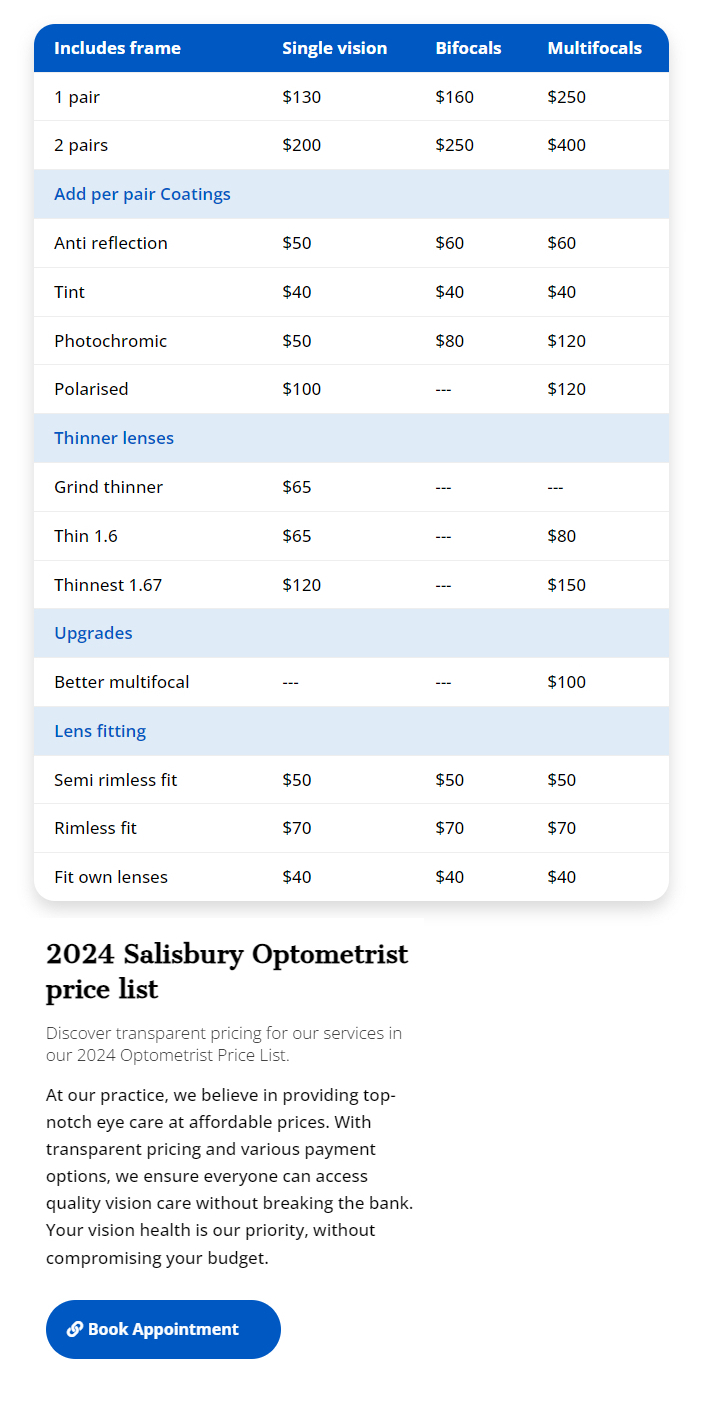Glaucoma is a group of eye conditions that gradually damage the optic nerve, often leading to vision loss. It is one of the leading causes behind irreversible blindness worldwide. According to reports, more than 57.5 million people worldwide are affected by primary open-angle glaucoma.
People often refer to glaucoma as the “silent thief of sight” because it typically develops without noticeable symptoms until it reaches the advanced stage. However, with early detection and timely intervention, you can slow down the progression of glaucoma, preserving your vision and enhancing your chances of a quick recovery.
(Source: ncbi)
Let’s see why early detection of glaucoma is essential for a quick recovery and maintaining a better quality of life.
Why is Early Detection Important?
The primary cause of glaucoma is increased intraocular pressure (IOP), which damages the optic nerve and gradually impairs vision. The damage caused by glaucoma is irreversible, and any vision loss experienced cannot be recovered. Therefore detecting glaucoma in its early stages enables eye care professionals to implement appropriate treatment strategies and prevent further vision deterioration. If you suspect glaucoma at its initial stages, you can simply search by “Eye Test near me” and undergo screening tests at a reputed eye test clinic to diagnose any eye issue.
Timely Treatment:
Glaucoma typically progresses asymptomatically in its initial stages. By the time symptoms become apparent, you might experience significant vision loss. Therefore if you can detect glaucoma in its early stages, you can go for timely treatment and prevent further damage.
Preserve Vision:
If you can detect glaucoma at its very early stage, you can effectively manage it from getting worse. You can halt or slow down its progression, preserve your remaining vision, and prevent complete blindness.
Reduced Treatment Burden:
Detecting glaucoma early may allow for less invasive treatment options, reducing the burden of managing the condition in the long term.
Risk Factors for Glaucoma:
While anyone can experience glaucoma, certain individuals are at a higher risk. Understanding these risk factors can help in identifying those who require more frequent eye examinations:
- Age: Advancing age increases the risk of glaucoma, with individuals over 60 being more susceptible.
- Family history: A family history of glaucoma raises the likelihood of developing the condition.
- High intraocular pressure (IOP): Elevated IOP is a significant risk factor for glaucoma development.
- Ethnicity: People of African, Hispanic, and Asian descent are more prone to certain types of glaucoma.
- Myopia (nearsightedness) or hyperopia (farsightedness): Severe refractive errors may increase the risk of glaucoma.
- Previous eye injuries: A history of eye injuries or trauma may contribute to glaucoma development.
- Systemic health conditions: Conditions such as diabetes, high blood pressure, and migraines may increase glaucoma risk.
According to these risk factors, if you are at a higher risk of developing glaucoma, you must go for eye screening tests regularly to detect any abnormalities. Salisbury Optometrist is one of the most reputed eye care specialists and offers affordable eye tests to detect any eye problem. You can come to us for an eye screening and get accurate results.
How to Detect Glaucoma for Quick Recovery
As glaucoma progresses slowly, there are different ways that can help you to detect it at an early stage. You can go for regular eye exams, tonometry, visual field testing, etc, for early detection.
Regular Eye Exams:
Regular comprehensive eye exams are essential, especially for individuals at higher risk of developing glaucoma, such as those with a family history, individuals over the age of 60, or those with certain medical conditions like diabetes. Regular eye exams can help you to detect glaucoma in its early stages before symptoms manifest.
Tonometry:
Tonometry is a simple and painless test that measures intraocular pressure (IOP), which is the primary cause of developing glaucoma. You can go for regular tonometry tests to measure intraocular pressure and detect glaucoma early on.
Visual Field Testing:
Visual field test, also known as perimetry test, evaluates a patient’s side (peripheral) vision. Glaucoma often causes peripheral vision loss. Hence if you are at risk of developing glaucoma, go for a walk-in eye test to detect such changes early on.
Optical Coherence Tomography (OCT):
Optical Coherence Tomography is another common non-invasive imaging test that captures cross-sectional images of the optic nerve and the retina. It can help you to assess the health of the optic nerve and detect any signs of glaucomatous damage.
Gonioscopy:
This exam allows the eye care professional to inspect the drainage angle of the eye. A narrow or closed angle may indicate a higher risk of angle-closure glaucoma.
Regularly Monitor High-Risk Individuals:
If you are at a higher risk of glaucoma due to family history or other factors, work closely with your eye care professional to establish a monitoring schedule tailored to your needs.
Awareness of Symptoms:
While glaucoma often lacks early symptoms, being aware of any changes in your vision or experiencing symptoms such as eye pain, blurred vision, or halos around lights should prompt an immediate visit to an eye care professional.
Final Thoughts:
Early detection of glaucoma is essential for a quick recovery. Regular comprehensive eye examinations and awareness of risk factors play a pivotal role in early detection. If you fall into any high-risk category, don’t hesitate to schedule regular check-ups with your eye care professional. Remember, the early identification of glaucoma can make all the difference in maintaining good vision and quality of life for years to come.




0 Comments